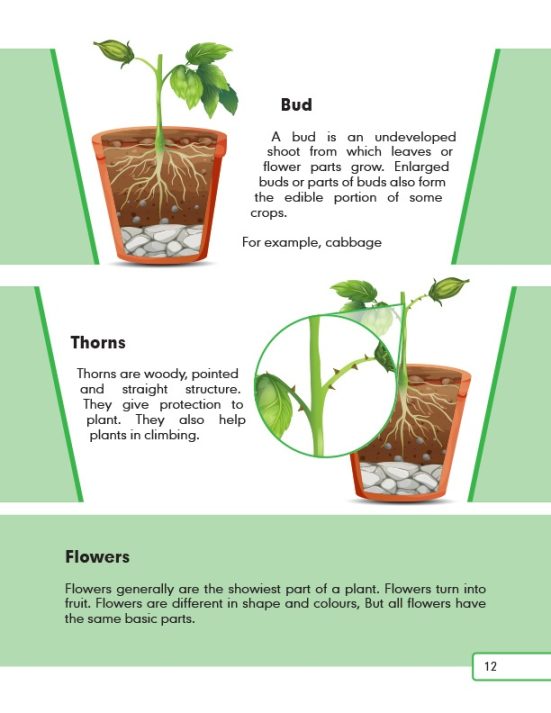Common Core Standards Science Class 4
Students should be able to:
(as per Common Core Standards)

| S.No. | Targets | Chapters |
| 1. | Reading: Literature Key Ideas and Details CCSS.ELA-LITERACY.RL.4.1 | Most chapters cover |
| CCSS.ELA-LITERACY.RL.4.2 Determine a theme of a story, drama, or poem from details in the text; summarize the text. | Forceful Fun | |
| CCSS.ELA-LITERACY.RL.4.3 Describe in depth a character, setting, or event in a story or drama, drawing on specific details in the text (e.g., a character’s thoughts, words, or actions). | The Ecosystem The Balanced System | |
| 2. | Craft and Structure CCSS.ELA-LITERACY.RL.4.4 | All chapters cover |
3. | Range of Reading and Level of Text Complexity: CCSS.ELA-LITERACY.RL.4.10 | All chapters cover |
| 4. | Reading: Informational Text Key Ideas and Details: CCSS.ELA-LITERACY.RI.4.1 | Most chapters cover |
| CCSS.ELA-LITERACY.RI.4.3 Explain events, procedures, ideas, or concepts in a historical, scientific, or technical text, including what happened and why based on specific information in the text. | Conduction Kidney Purifier | |
5. | Craft and Structure: CCSS.ELA-LITERACY.RI.4.5 | Most chapters cover |
6. | Integration of Knowledge and Ideas: CCSS.ELA-LITERACY.RI.4.7 | Living and Non-living things Weather The Balanced System |
| CCSS.ELA-LITERACY.RI.4.8 Explain how an author uses reasons and evidence to support particular points in a text. | Most chapters cover | |
| CCSS.ELA-LITERACY.RI.4.9 Integrate information from two texts on the same topic in order to write or speak about the subject knowledgeably. | Impact of Sound Striking Sounds | |
8. | Range of Reading and Level of Text Complexity: CCSS.ELA-LITERACY.RI.4.10 | All chapters cover |
| 9. | Reading: Writing Text Types and Purposes: CCSS.ELA-LITERACY.W.4.1 | All chapters cover |
| CCSS.ELA-LITERACY.W.4.1B Provide reasons that are supported by facts and details. | All chapters cover | |
| CCSS.ELA-LITERACY.W.4.2 Write informative/explanatory texts to examine a topic and convey ideas and information clearly. | Most chapters cover | |
| 10. | Research to Build and Present Knowledge: CCSS.ELA-LITERACY.W.4.7 | All chapters cover |
| CCSS.ELA-LITERACY.W.4.8 Recall relevant information from experiences or gather information from print and digital sources; take brief notes on sources and sort evidence into provided categories. | All chapters cover | |
| 11. | Reading: Speaking & Listening Comprehension and Collaboration: CCSS.ELA-LITERACY.SL.4.1 | All chapters cover |
| CCSS.ELA-LITERACY.SL.4.1.A Come to discussions prepared having read or studied required material; explicitly draw on that preparation and other information known about the topic to explore ideas under discussion. | All chapters cover | |
| CCSS.ELA-LITERACY.SL.4.1.C Pose and respond to specific questions to clarify or follow up on information, and make comments that contribute to the discussion and link to the remarks of others. | All chapters cover | |
| CCSS.ELA-LITERACY.SL.4.2 Paraphrase portions of a text read aloud or information presented in diverse media and formats, including visually, quantitatively, and orally. | All chapters cover | |
12. | Presentation of Knowledge and Ideas:CCSS.ELA-LITERACY.SL.4.4 | All chapters cover |

How useful was this post?
Click on a star to rate it!
Average rating 0 / 5. Vote count: 0
No votes so far! Be the first to rate this post.